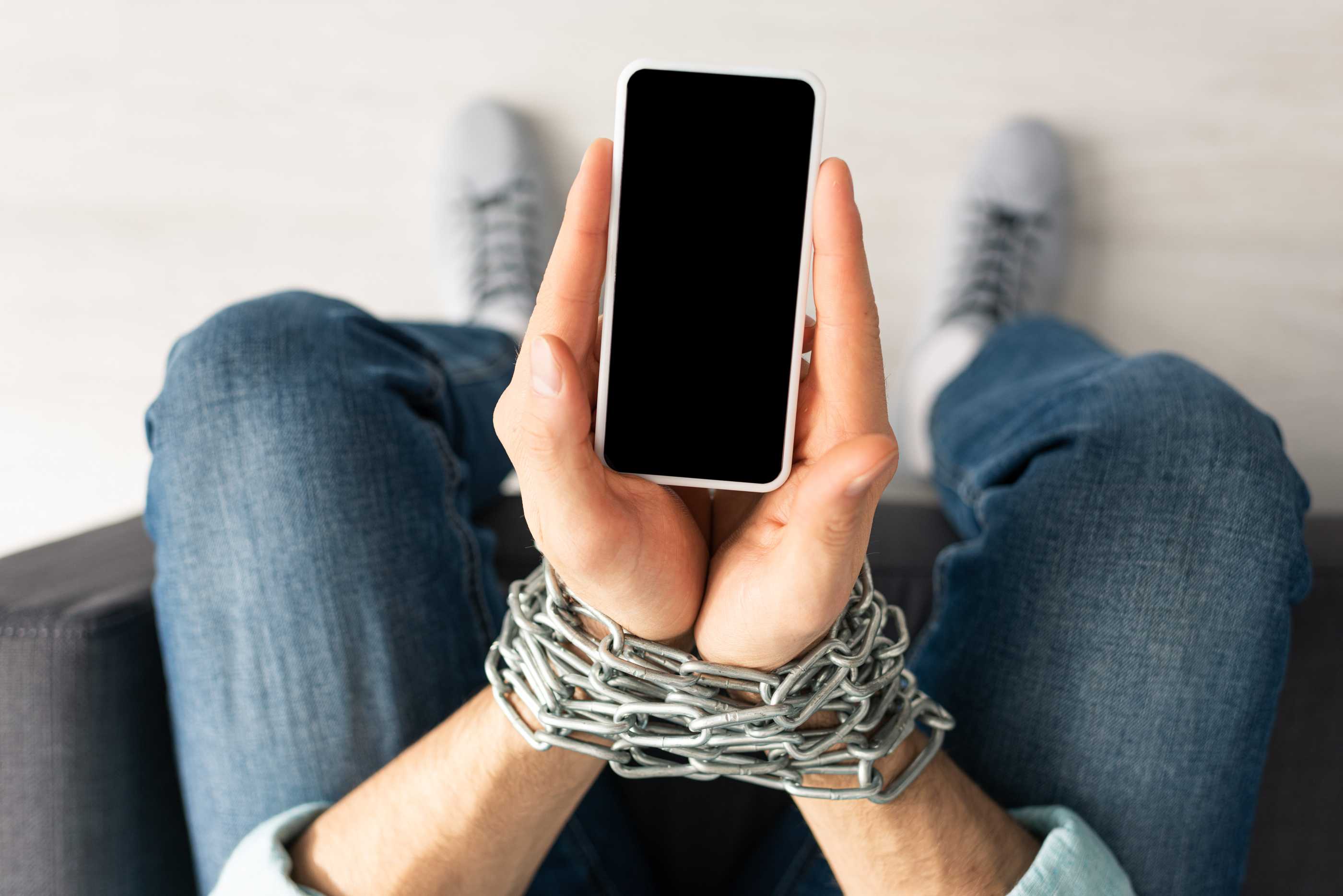What is jailbreaking?
28th August 2025
How can removing software restrictions leave devices as security liabilities?
Sometimes, as frustrating as certain rules can be, they are there for good reason. Take speed limits: there are plenty of roads that are set to 30mph that could easily be driven at faster speeds, but because they’re in a residential area, speeds are reduced as people may be crossing – it can be annoying, but the limit is there for a reason.
Software restrictions are similar: you may want to be able to customise your device more, or modify aspects of your device, but limits are in place to ensure the device runs as intended as is secure. Breaking these limits or restrictions is called jailbreaking, and it can leave the device in a vulnerable state.
Jailbreaking devices by removing software restrictions gives users root access to the operating system, allowing them to modify files and settings that are usually locked. Unauthorised apps can be downloaded on jailbroken devices and customisation can go beyond the standard interface. Additionally, and most significantly, sandboxing, app signing and other security measures can be deactivated.
This leaves jailbroken devices more vulnerable to cyber attack, as without these security features, users lack protection. Furthermore, untrusted apps can contain spyware, keyloggers or other forms of malware that can infect your device.
In short, we don’t recommend that you jailbreak your device: it will impact the device’s warranty, as well as having a negative impact on performance and increasing the chance of a breach.
If you have a device that is jailbroken, we recommend a factory reset to remove the jailbreak and restore the device to its original state. Many organisations ban the use of jailbroken devices as they pose a security risk, so it is important to act if you have one.
If you’d like to know more about jailbreaking, please contact Interfuture Security.
YouTube: https://youtu.be/uXvi4Ys2cSo
